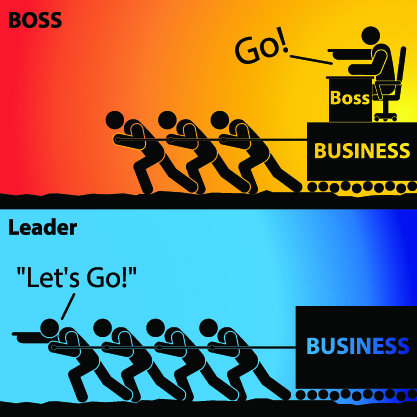This blog is part four in a series discussing the human factor of Agile organizations. Earlier we discussed Hiring for Agile and Managing Performance. Here, we discuss the role of the Leader in Agile teams.
Agile organizations empower employees to take decisions on their own, in collaboration with their team members. What then, is the role of a leader and how can they be most effective?
Mckinsey writes “Leadership in agile organizations serves the people in the organization, empowering and developing them. Leaders are visionaries, architects, and coaches that empower the people with the most relevant competencies so they can lead, collaborate, and deliver exceptional results. We call this shared and servant leadership.”
A great example is Max Goodwin of NBC’s show, New Amsterdam. The Medical Director goes around the hospital asking one question to everyone from the janitor, right to the top doctors – “How can I be of service to you today?”
An Agile Leader must do only these 3 things:
Set a vision: Agile organizations require a ‘north star’, a clear vision of the overall goal. This is the most critical role of an Agile Leader. Without this, teams would be unable to define their end goals, and all efforts would fruitless. Goals in Agile organization evolve and the leader must anticipate the changes, move quickly, and bring the teams along.
Inspire creativity: A constant affinity for creativity is critical for a successful agile team. Lizabeth Czepiel, in an interview with Forbes says: “Leaders must inspire creativity and innovation within employees so that, as the organization propels forward, employees are directly contributing.”
Make failure a learning opportunity: Agile teams do not and should not aim for perfection. Rather, they use every failed experiment as a learning opportunity to get better results the next time. The Agile leader creates a culture that embraces failures and looks at them as stepping stones to the next step. “Agile organizations seek to make continuous learning an ongoing, constant part of their real time DNA. This environment fosters ongoing learning and adjustments, which help deliverables evolve rapidly. This also means ‘letting go of what does not work’, says Gary Bradt.
Leaders are hardwired to control everything, in the hope of being in control of the outcome. However, Agile leaders are expected to let their teams try, fail and succeed independently.
To wrap up, Agile Leadership is a skillful balancing act between People, Process and Adaptability.

